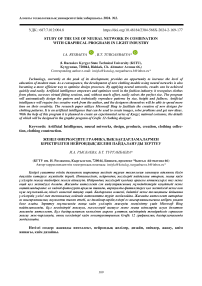Study of the use of neural network in combination with graphical programs in light industry
Автор: Rysbaeva I.A., Turganbaeva B.T.
Журнал: Вестник Алматинского технологического университета @vestnik-atu
Рубрика: Технология текстиля и одежды, дизайн
Статья в выпуске: 2 (144), 2024 года.
Бесплатный доступ
Technology, currently at the peak of its development, provides an opportunity to increase the level of education of modern man. As a consequence, the development of new clothing models using neural networks is also becoming a more efficient way to optimize design processes. By applying neural networks, results can be achieved quickly and easily. Artificial intelligence empowers and optimizes work in the fashion industry: it recognizes clothes from photos, accesses virtual fitting sessions, and, without much effort, easily selects the perfect size. The program will automatically design the pattern and technically reproduce patterns by size, height and fullness. Artificial intelligence will require less creative work from the author, and the designers themselves will be able to spend more time on their creativity. The research paper utilizes Microsoft Bing to facilitate the creation of new designs for clothing patterns. It is an artificial intelligence that can be used to create images, solve problems and get new ideas. With the help of this program it is planned to create an experimental series of Kyrgyz national costumes, the details of which will be designed in the graphic program of Grafic 12 clothing designer.
Artificial intelligence, neural networks, design, products, creation, clothing collection, clothing construction
Короткий адрес: https://sciup.org/140305883
IDR: 140305883 | УДК: 687:7.012:004.8 | DOI: 10.48184/2304-568X-2024-2-169-177
Текст научной статьи Study of the use of neural network in combination with graphical programs in light industry
УДК.: 687:7.012:004.8
Introduction.
In today's world, there is a vast selection of clothing, and the creation of these garments is increasingly supported by automated systems and programs. But time requires more efficient tools, so there is a need to use new technologies to update the collection of fashion models every week, also designers need in a short time, appointment, preserving originality and special style to develop promising lines of clothing. As we know, nowadays neural networks and artificial intelligence are developing, which can be used by the fashion designer in their work to speed up and simplify their work.
As you know, digitalization has long since penetrated all areas of life, and now voice assistants, city security systems recognize faces, and autonomous vehicles drive on the roads. All this works with the use of a mathematical model-neural network, created on the principle of functioning of a network of nerve cells of a living organism. In today's world, what is called artificial intelligencean artificial intelligence system that performs creative functions and is traditionally considered the prerogative of humans. Simplifying, artificial intelligence is a system or machine capable of mimicking human behavior, using the information gathered to learn incrementally.
The peculiarity of neural networks application is that if earlier before making one model designers did a lot of works such as:
fashion study, model sketch development, model approval, construction drawing, design modeling, pattern making, fabric selection, pattern sewing, then with artificial intelligence a number of tasks are reduced. For example: neural network can provide us with ready-made sketches taking into account the fashion direction and market analysis, and graphic programs can build a basic design of patterns, reproduce patterns and even make a virtual fitting [1, 4].
Exploring the application of artificial intelligence together with computer-aided design and development systems in a computer-aided design (CAD) system to create collections of clothing patterns can yield many interesting results.
First, AI can be used to analyze fashion trends and predict future trends. Machine learning algorithms can process vast amounts of fashion data, including information about past and current collections, designs, color schemes, and consumer preferences. AI can quickly analyze this data and predict future fashion trends, helping designers create more relevant and in-demand designs.
Second, AI can be applied to optimize the design process of clothing models. Using machine learning algorithms, AI can analyze and process data on garment designs, sizes, materials and construction to optimize the design and production process. For example, AI can suggest optimal combinations of designs, select appropriate fabrics and details, and recommend optimal sizing to maximize the comfort and fit of garments.
The third possible application of AI is to create virtual models of products. Using computer vision and generative AI algorithms, virtual models can be created and simulated to be worn on different body types. This can help designers evaluate the visual effect and fit of garments on different body shapes and sizes, which can improve the fit and aesthetics of the models. Exploring and applying AI in conjunction with CAD to develop collections of clothing models can improve the efficiency and accuracy of the design and production process, as well as increase the relevance and demand for models.
This research paper describes a case study of Asian clothing design using artificial intelligence and graphics programs [16] .
What if a computer-aided design (CAD) system could generate thousands of design options, each of which met your goals? It's no longer a "what if": it's Microsoft's Bing. Bing is a neural network in the form of a chatbot that has been implemented into Microsoft's search engine of the same name. The Bing site itself analyzes sources and gives you a complete, detailed answer (Figure 1).
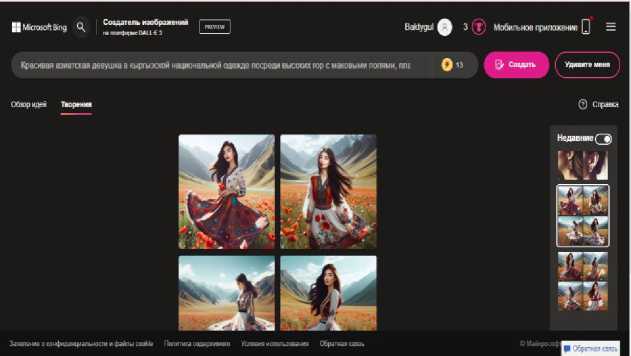
Figure 1. View of the Microsoft Bing site [15] .
The Bing chatbot is based on the GPT-4 language model, which has been adapted for web search. This is the latest version of the GPT algorithm, which OpenAI introduced in March 2023. The company actively cooperates with Microsoft and receives large investments from the corporation. The Bing chatbot has been running on the GPT-4 model since its launch in February, but the company kept it a secret until OpenAI announced the GPT update [17] .
In May 2023, Microsoft expanded the capabilities of Bing, in particular, adding the function of saving chat history, and exporting chats in various formats, for example, correspondence can be uploaded in a PDF file, also increasing the volume of one message to a chatbot from 2 thousand to 4 thousand characters.
One of the differences between the Bing chatbot and the free version of ChatGPT-3.5 and its important advantage is that the Microsoft product can query the search engine, so the chatbot has access to current news and recently published content. ChatGPT-3.5, on the other hand, is trained on data that was on the internet as of 2021. A specially developed Prometheus model is responsible for finding up-to-date information in Bing [17].
The neural network helped to create sketches and select materials and fittings for the new model. The designer has to create clear requests and ask the artificial intelligence to visualize his idea. For each piece, AI offered several dozen design options, which allowed to noticeably speed up the process of working on the collection. This combination of shape, cut and texture makes everyone feel confident. There are no strict rules and restrictions when executing, only inspiration and freedom, that's how the neural network works. The chatbot understands queries in a hundred languages, and Bing has quite a lot of possibilities. It can be an interlocutor or co-author who can: analyze information in open sources and give detailed answers to questions, conduct a dialog, remember the context of a conversation in one query (one conversation), translate texts into dozens of different languages, create images, etc [14] .
Materials and research methods
Artificial intelligence was employed to generate several sketches of Kyrgyz national clothing with a modern twist. The CAD program Grafis 12 was used to develop the clothing designs step by step. Model features were introduced to achieve precise cuts. The design base was established by determining additions, widths, lengths, and specific garment design features (Figure 4). Model features, necessary lines, shapes, fitting positions, clasp types, collar types, and other design details were incorporated. The Clo3D program was utilized to virtually try on the clothing. Patterns were loaded onto a pre-prepared avatar to visualize the fit and appearance [6-9].
Results and discussion
The large amount of information when processing and generating Bing Neural Network some-times leads to certain inaccuracies, so it is necessary to double-check the data for validity. Also Bing can generate images using DALL-E neural network whi-ch was developed by OpenAI. In the research work, next was the query "Beautiful Asian girl in national style among high mountains with poppy fields", Figure 2, 3. The first one was given in Light style and the second option was given in Anime style [15] .

Figure 2. The generated figure, model 1 [15] .
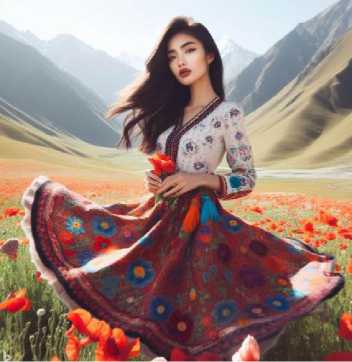
Figure 3. The generated figure, model 2 [15] .
Thus, using AI, several sketches of Kyrgyz national clothing in a modern way, as seen by artificial intelligence, are obtained. Then, using the CAD program Grafis 12, the design of models is developed step by step with the introduction of model features on them to accurately obtain the cut. The design base is worked out, where additions, widths, lengths and some features of the garment design are determined, Figure 4 [2, 3, 5].

Figure 4. Base of the dress design
In the design, the model features have been introduced, the necessary lines according to the model have been introduced, the shapes have been clarified, the positions of fittings (if they are present)
have been specified, the types of clasps, types of collars, etc. have been taken into account. All lines are also finalized, as new cutting patterns are made from this model design, Figure 5. [10-13].

Figure 5. Model design of the dress
At this stage the patterns were made: added seam allowances, specified the direction of the warp threads, marked marks in the necessary cuts, wrote the number of the pattern, the quantity in the cut and the name, Figure 6.
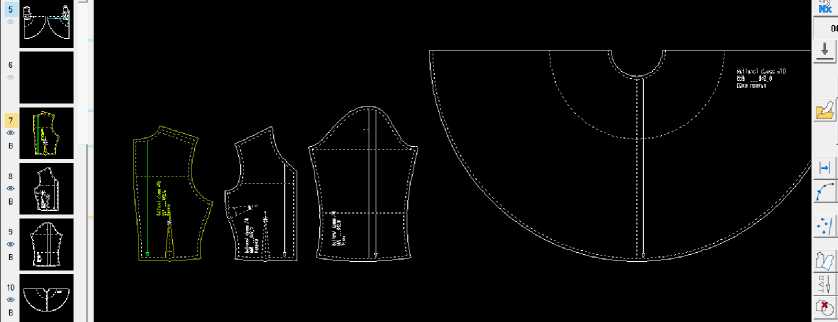
Figure 6. Formalizing the details of the dress cut
To check the cut details, the Clo3D program is applied, which allows to try on clothes virtually. Patterns are loaded and put on a pre- prepared avatar, in which the presented model is tried on according to the following sequence as shown in Scheme 1.
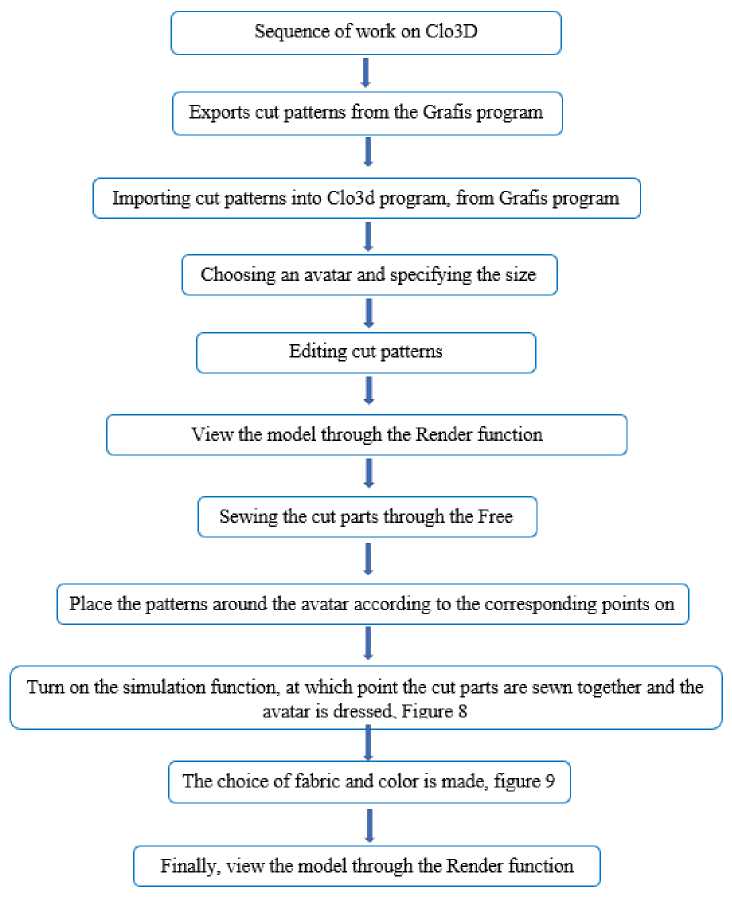
Figure 1. Sequence of work on Clo3D.
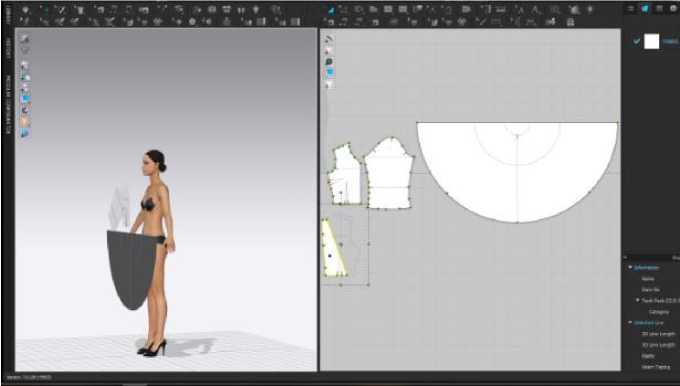
Figure 7. Arrangement of the cut details around the avatar
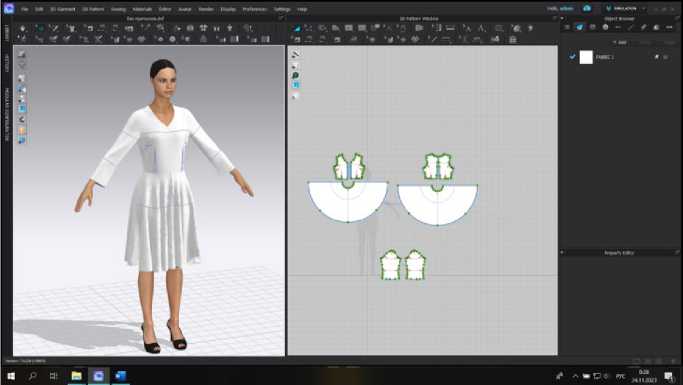
Figure 8. Stitching the dress parts

Figure 9. Selection of fabric by texture and color.
Thus, the time to produce models of new clothes is reduced many times over. In today's world, designers have time to devote more time to creative processes, which allows the generation of more and more original models. In conditions of great competition, this is a big breakthrough, and an opportunity to make yourself known.
Conclusion.
The research has shown that already now using all the possibilities of neural networks as a powerful means of increasing the efficiency of designers and graphic programs together on a lot facilitates the work of the designer, this study was only on the example of one direction, but if you take a large scale, this study shows that the use of AI and graphic programs provides great benefits.
The use of neural networks is a rapidly and successfully developing direction, which is already showing positive results, and possible disadvantages of the result, designers can easily turn into advantages, and develop absolutely original things.
Also not unimportant is the fact that from an ecological point of view the use of neural networks and graphical programs is more effective, because it eliminates the moment of experimental sewing of the product. And this in turn reduces the cost of fabric, accessories and time for its manufacture. The moment of outputting waste of different materials, fittings, etc. is eliminated, thus costs and waste can be reduced.
Список литературы Study of the use of neural network in combination with graphical programs in light industry
- Artamoshina M.N. Informatsionnye tekhnologii v shveinom proizvodstve: uchebnik dlya stud. sred. prof. obrazovaniya / M. N. Artamoshina. - M.: Izdatel'skii tsentr «Akademiya», 2010. - 176 s.
- Amirova E.K. Tekhnologiya shveinykh izdelii: uchebnik dlya stud. uchrezhdenii sred. prof. obrazovaniya / [E. K. Amirova, A. T. Trukhanova, O. V. Sakulina, B. S. Sakulin]. - 6-e izd., ispr. - M.: Izdatel'skii tsentr «Akademiya», 2012. - 512 s.
- Amirova E.K. Konstruirovanie odezhdy: uchebnik dlya stud. uchrezhdenii sred. prof. obrazovaniya / [E.K.Amirova, O.V.Sakulina, B.S.Sakulin, A.T.Trukhanova]. - 7-e izd., ster. - M.: Izdatel'skii tsentr «Akademiya», 2012. - 416 s.
- Bulatova E.B. Konstruktivnoe modelirovanie odezhdy: Ucheb. posobie dlya stud. vyssh. ucheb. zavedenii / E.B.Bulatova, M.N.Evseeva. - 2-e izd., ster. - M.: Masterstvo 2001. - s. 495.
- Koblyakova E.B. (red.) Konstruirovanie odezhdy s elementami SAPR Uchebnoe posobie. Izd. 4-e. pererab. i dop. M.: KDU, 2007. - 464 s.
- Ermilova V.V., Ermilova D.Yu. Modelirovanie i khudozhestvennoe oformlenie izdelii - M.: Vysshaya Shkola, 2000 - 184 s.
- Tukhbatulina L.M., Safina L.M. Proektirovanie kostyuma - Rostov-na-Donu: Feniks, 2007 - 283 s.
- Osnovy konstruirovaniya odezhdy. Pod red. E.B. Koblyakova. Koblyakova. - Moskva: Legprombytizdat, 1980.
- Kozlova T.B. Modelirovanie i khudozhestvennoe oformlenie zhenskoi i detskoi odezhdy - M.: Legprombytizdat, 1990.
- Yanchevskaya E.A. Konstruirovanie i osobennosti izgotovleniya zhenskikh plat"ev slozhnykh form - Moskva: Legprombytizdat, 1986.
- Sokulin B.S. i dr. Konstruirovanie muzhskoi i zhenskoi odezhdy - M.:2001.
- Konstruirovanie odezhdy: Uchebnik/E.V.Meshkova. - 2 izd. - M.: Onyx Publishing House, 2010. - 176 s.
- Bolotova I. Retail.ru. https://www.retail.ru/photoreports/12-aktualnykhtrendov-v-sfere-mody (data obrashcheniya 12.03.2024)
- Reshetnikova M. Neironnaya set' risuet: 7 sposobov sozdat' kartinku po fotografii ili opisaniyu. https://trends.rbc.ru (data obrashcheniya 05.03.2024)
- Copilot. Creating images from words using AI. https://www.bing.com/create (data obrashcheniya 05.03.2024)
- Milyaev S. Intellektual'naya moda: kak neiroseti zapravlyayut fashion-industriei. Forbes. https://inlnk.ru/84pm6K (data obrashcheniya 02.03.2024)
- Generating images using a neural network: 5 free services. Forklog. https://inlnk.ru/dnPzYQ (data obrashcheniya 09.03.2024)

